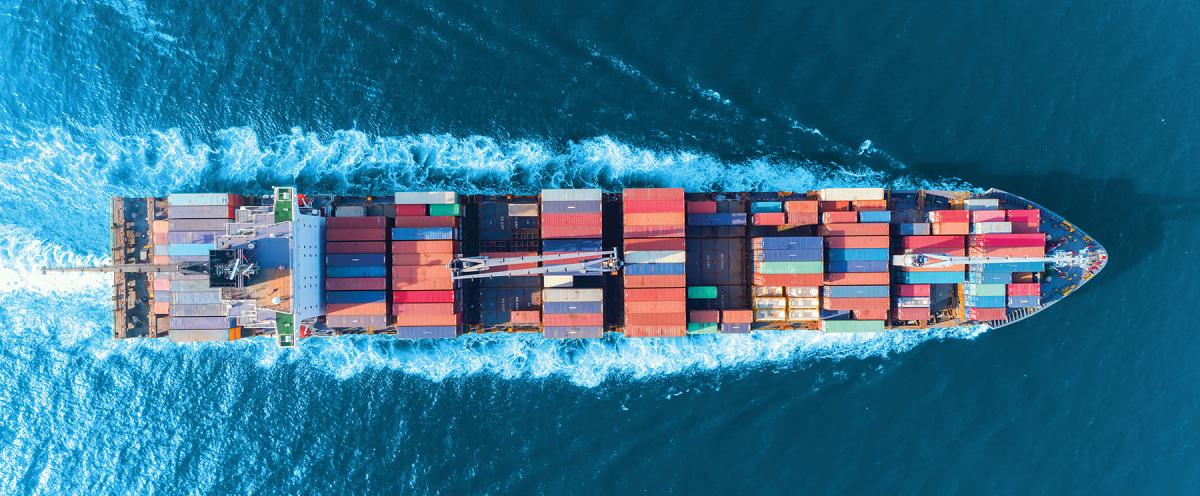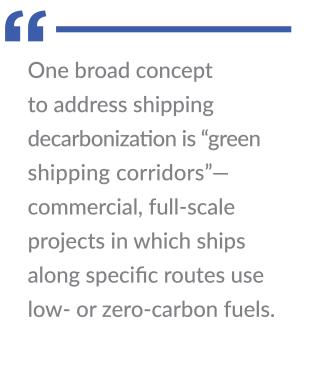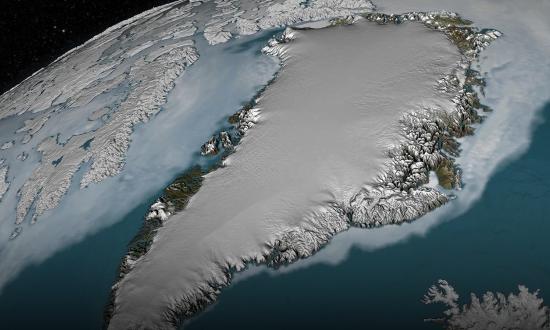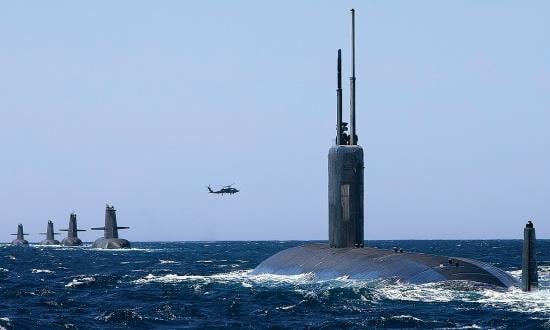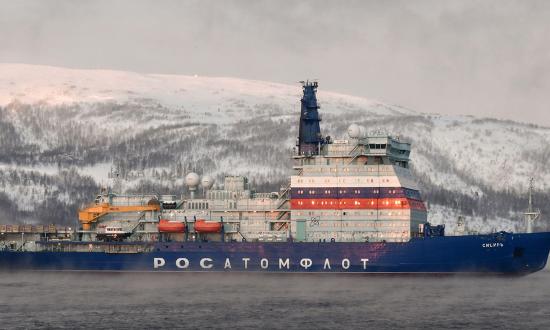The United Nations Conference on Trade and Development estimates that 80 percent of global trade by volume and 70 percent by value is carried by sea. The International Chamber of Shipping and other organizations have noted that global shipping carries 90 percent of traded goods, commodities, and products. Shipping is clearly the backbone and facilitator of world trade and globalization. Key is that the world’s trading fleet—an estimated 60,000 ships powered by hydrocarbons—contributes nearly 3 percent of global greenhouse gas (GHG) emissions. The daunting challenge facing the global shipping enterprise is reducing and eventually eliminating these emissions.
Recognizing an urgent need for action on climate issues, the International Maritime Organization has mandated GHG emissions be reduced by 50 percent for all vessels by 2050. Global pressure is on the shipping sector to reduce emissions even faster, and to pursue a strategy to reach a net-zero carbon state by midcentury, a task with huge technical, operational, and financial challenges.
One broad concept to address shipping decarbonization is “green shipping corridors”—commercial, full-scale projects in which ships along specific routes use low- or zero-carbon fuels and advanced marine technologies. Establishing green shipping corridors will require merging local and regional economics; supportive infrastructure (specifically, reliable supplies of new, cleaner ship fuels such as green hydrogen, ammonia, and methanol in ports); supportive local and national politics; international and domestic regulations that work to reduce emissions; and, potentially, large investments and creative financial incentives. All must be integrated along and at both ends of a marine shipping route. This green corridor framework will require a large public-private partnership, and bringing it to scale will require shared visions of zero-carbon emissions, broad industry engagement, government cooperation, and an alignment of priorities.
Notable political progress for this concept was achieved at the 2021 UN Climate Change Conference. A policy paper, the Clydebank Declaration for Green Shipping Corridors, was signed by 24 nations, including the United States. The signatories recognized a need for an international coalition to address the seriousness of the increasing global shipping emissions with a determined and coordinated maritime decarbonization response. They support the establishment of green shipping corridors between two or more ports and creation of at least six green corridors by 2025 and more by 2030. The signatories also are aware of the many barriers to forming green corridors, such as diverse regulatory regimes, lack of infrastructure, and the need for broad investments. Further, the U.S. Department of State has issued a fact sheet, “Green Shipping Corridors Framework,” reiterating the U.S. position that such corridors are essential to achieving zero GHG emissions across the maritime sector by 2050.
A consortium of nongovernmental organizations, shipping companies, ports, and consultants—the Getting to Zero Coalition—has initiated research into creating green corridors. Ten marine routes were selected for analysis based on impact and feasibility criteria. Three were chosen as viable green corridors: the Australia-to-Japan iron-ore route; the Asia-to-Europe container route (through the Suez Canal); and the Northeast Asia–to–the United States car-carrier route. These green corridors have specific decarbonization roadmaps based on zero-emission fuel availability, stakeholder willingness, enabling regulatory structures, cargo volumes, potential impacts, and investment requirements.
Early this year, the ports of Los Angeles and Shanghai created a trans-Pacific, zero-emissions shipping corridor on one of the world’s busiest cargo routes. The two ports are partnering with their parent cities, container shipping companies, and the C40 Cities Climate Leadership Group; their implementation plan is to be completed by the end of 2022.
Global shipping is undergoing a major and urgent transition toward decarbonization. New green shipping routes may prove to be a practical, economically viable, and feasible way to address the GHG emissions from ships.



